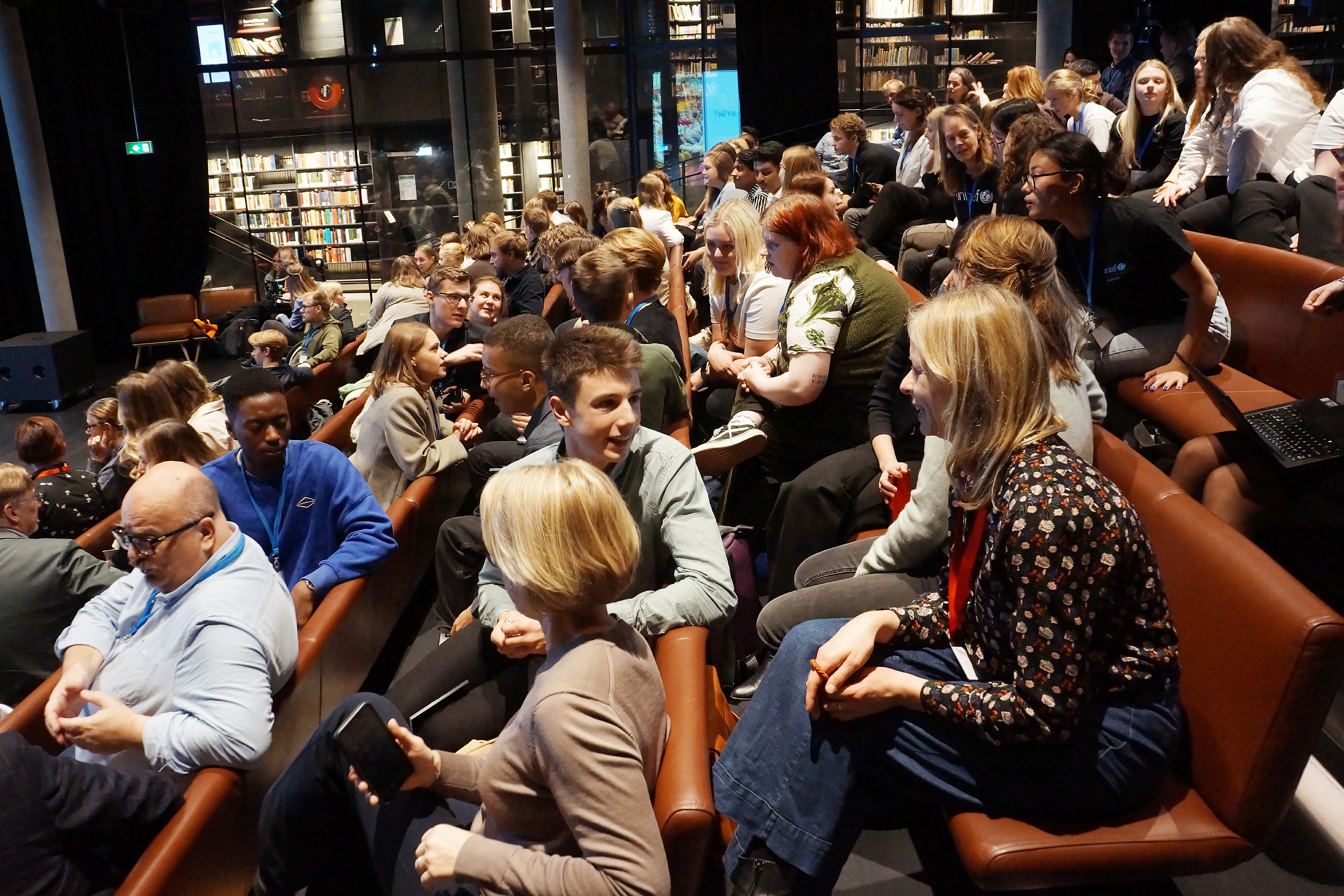Recommendations on inclusion and non-discrimination
A crisis will test the structures and functioning of society. Every crisis will have groups that are more severely impacted and that need more support and resources in order to make their voices heard. Thus, accessible structures and processes must be prioritised.
Ensure that all processes and consultations are accessible: Language and physical accessibility are key, as well as the skills of the facilitators and the meeting design.
Work with both inclusive and separate processes: In general, all processes should be inclusive. However, some issues and groups of children and youth might need additional and separate processes.
Take responsibility: In a crisis and a non-crisis, things sometimes go wrong. Always take your responsibility as a duty bearer and have procedures in place for follow ups and documentation.

Background and analysis
Children and youth in vulnerable life situations are often more seriously impacted by a crisis. Decision makers must possess the knowledge and skills to interact with children and youth from different backgrounds and of different ages, life situations and abilities. This means that decision makers need to be active and take responsibility in identifying the adaptations and measures that need to be in place in order for children and youth to participate in a respectful and meaningful way.
The power that decision makers hold over children and youth is even more significant in relation to those children and youth who live in vulnerable life situations. This places extra responsability on decision makers to ensure that the right to participation is fulfilled in a non-discriminatory manner. For example, merely complying with legal or formal obligations is not enough. Decision makers must also ensure that the participation of children and youth is fully accessible and safe in practice.
If the process fails to be inclusive or discriminates against children and youth, it is important not only to take responsibility, but also to communicate to the affected children and youth how you take responsibility and that you are open to learning from your mistakes.
“Decision makers need to separate the intent from the action. Even if you don’t mean to discriminate against anyone, it doesn’t mean that you don’t discriminate.” (Danjál Hátún Augustinussen, Faroe Islands)
In general, it is preferable that children and youth from different groups are icluded in participation processes rather than always having separate groups for different needs. This means that all participatory processes must be accessible: physically, in the language used and in how the process is designed.
“Everyone should be invited to and included in general processes. A separate process can be as an addition, but not instead of a process where everyone is included. Sometimes you need a safer space to talk about non-discrimination so that you can highlight issues and share those special challenges.” (Ingrid Thunem, The Norwegian Association of Youth with Disabilities)
In an inclusive process, the participants can learn from each other and benefit from the overlap between the needs and rights of different groups. However, general processes alone are not always enough. Some minority groups might have specific issues that are better discussed in smaller settings to ensure that no nuances are missed.
There are some groups that could benefit from both inclusive and separate processes. One example is children and youth with cognitive disabilities. In an inclusive process, all participants will have the opportunity to gain an understanding of different life situations and conditions. When young people with cognitive disabilities are included in participation processes, in the long term this could also change how we understand inclusion. However, an adapted process might also be necessary to ensure that the participation is genuinely meaningful for the participants.
“People with cognitive challenges; important to create a space where there is time to understand and interact at the right pace. You need to be aware of how the processes need to be adapted to everyone, and this can be difficult in a general fora.” (Christine Ravn Lund, Danish Youth Council)
The focus groups also discussed how children and youth in vulnerable life situations are at risk of being excluded from participatory processes by the adults who want to protect them.
“We sometimes make children and youth vulnerable. As a professional, you often say what is best for the child or the youth rather than asking what the child or the youth needs. If you are a part of a vulnerable group - you are put in a position where adults say what is best for you, so you become vulnerable. It is not harmful to include those groups in different types of processes, they know what they are going through and what they need. They may need support to express what they need but they are experts on their situations. You need to include those children and youth, otherwise you just make assumptions based on conversations that adults have had with those children and youth.” (Siri Espe, The Norwegian Association of Youth with Disabilities)